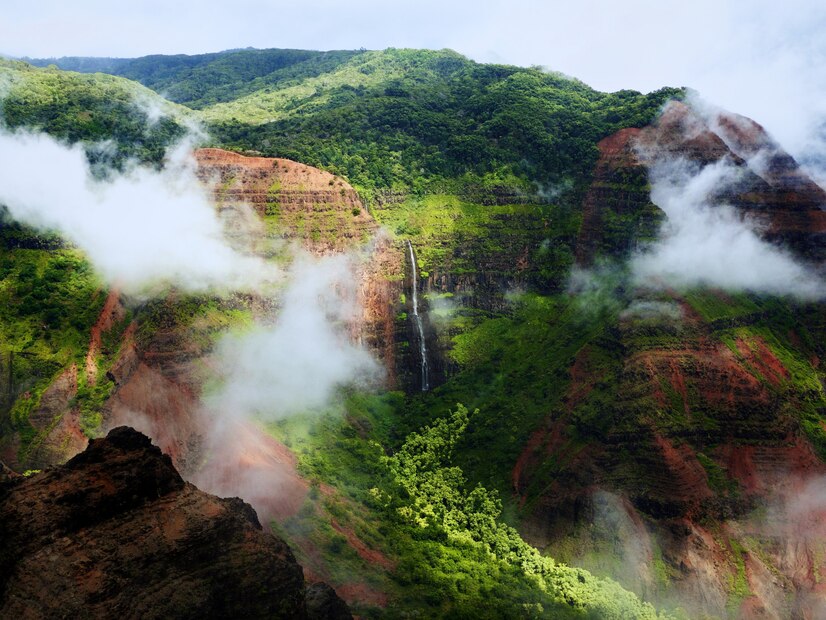Nestled on the northeastern coast of South America, Guyana is a country brimming with natural beauty, cultural diversity, and a rich history that reflects its unique blend of Caribbean and South American influences. From lush rainforests teeming with wildlife to vibrant multicultural cities, Guyana offers travelers a wealth of experiences that showcase its stunning landscapes and warm hospitality.
Geography and Natural Wonders
Guyana is bordered by Venezuela to the west, Brazil to the south, Suriname to the east, and the Atlantic Ocean to the north. The country is known for its pristine rainforests, expansive savannas, and majestic rivers. The Amazon rainforest covers a significant portion of southern Guyana, home to diverse flora and fauna, including jaguars, giant river otters, and the elusive harpy eagle.
One of Guyana’s most iconic natural landmarks is Kaieteur Falls, located in the Potaro-Siparuni region. Kaieteur Falls is one of the world’s tallest single-drop waterfalls, cascading over 700 feet into a breathtaking gorge surrounded by dense rainforest. Its sheer beauty and remote location make it a must-visit destination for nature enthusiasts and adventurers alike.
Cultural Diversity and Heritage
Guyana’s cultural tapestry is as diverse as its geography. The population of approximately 800,000 people comprises various ethnic groups, including Indo-Guyanese, Afro-Guyanese, Amerindians, Chinese, and Europeans, each contributing to the country’s vibrant cultural mosaic.
Georgetown, the capital city, reflects this diversity with its colonial architecture, bustling markets, and culinary delights influenced by Indian, African, Chinese, and European cuisines. St. George’s Cathedral, an Anglican cathedral built in the Gothic style, stands as a testament to Guyana’s colonial past and architectural heritage.
History and Colonial Legacy
Guyana’s history is marked by colonization, with Dutch, British, and French influences shaping its development over centuries. The country gained independence from British rule in 1966, becoming the Cooperative Republic of Guyana. The legacy of colonization is evident in the country’s language (English is the official language), legal system, and cultural practices.
Economic and Social Landscape
Guyana’s economy is primarily based on agriculture, mining, and increasingly, oil and gas production. The discovery of offshore oil reserves has positioned Guyana as one of the fastest-growing economies in the region, with significant potential for economic development and infrastructure improvement.
Despite these advancements, Guyana faces challenges such as poverty, infrastructure deficits, and environmental conservation. Efforts are underway to balance economic growth with sustainable development practices that preserve the country’s natural beauty and biodiversity.
Tourism and Ecotourism
Tourism in Guyana is growing, driven by ecotourism initiatives that promote sustainable travel practices and responsible exploration of the country’s natural wonders. Visitors can embark on jungle expeditions, birdwatching tours, and river cruises to experience Guyana’s wildlife and landscapes up close. Community-based tourism initiatives offer opportunities to engage with local cultures and support rural communities.
Conclusion
Guyana allure lies in its unspoiled landscapes, rich cultural heritage, and warm, welcoming people. As the country continues to develop and embrace its potential as a tourist destination, travelers are discovering its hidden gems and natural wonders. Whether exploring the rainforests, marveling at Kaieteur Falls, or immersing in Georgetown’s vibrant culture, Guyana offers a unique and unforgettable experience that celebrates both its natural beauty and cultural diversity.










